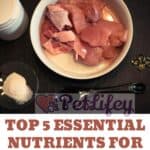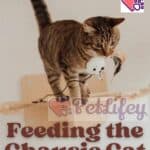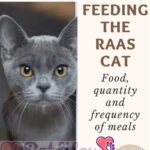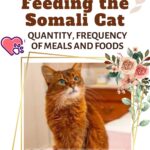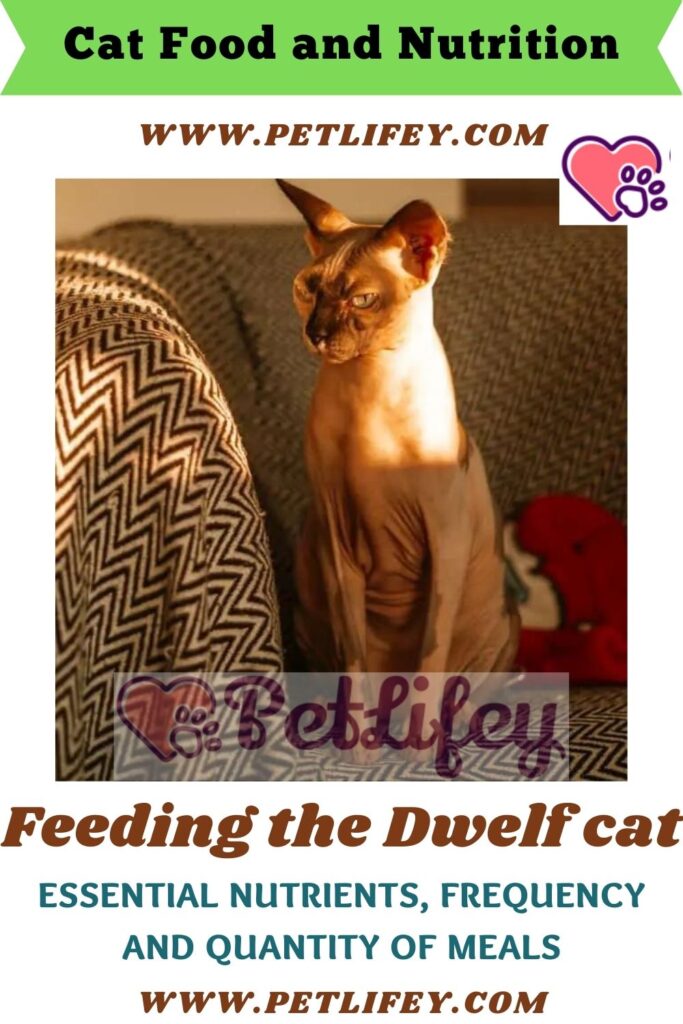
Here is the information to know to plan a healthy and balanced diet for the Dwelf cat: from the dose of meals to the frequency.
The foods we eat every day can make us strong and energetic or, on the contrary, have deleterious effects on our body. The same, of course, goes for our four-legged friend. Hence the importance of a nutritious and carefully studied diet to ensure the well-being of our little furry dog. Here is what is the perfect feeding for the Dwelf.
Feeding the Dwelf: what foods to give to the cat
As we know, the diet of domestic cats must be specially planned and cannot be based on the food waste of its owners.
Cats, in fact, are obligate carnivores, which need to feed mainly on proteins of animal origin, assuming a small amount of carbohydrates.
If consumed in excess, these substances could cause the onset of numerous kidney and liver diseases.
For this reason, the diet of our four-legged friend should be based on the administration of chicken, beef, turkey, salmon, tuna and so on.
In fact, from meat and fish, domestic cats take essential nutrients for the correct functioning of the nervous and immune systems, which their organism is unable to produce independently.
These include, for example, cobalamin, thiamine and niacin. These are important B vitamins that guarantee the health and well-being of the cat.
Home or industrial diet?
In the choice of food to be administered to the four-legged, we are faced with two possibilities: opting for a home diet for the Dwelf, or choose an industrial diet.
What is the difference between the options available? In the first case, we will take care of the preparation of the cat’s meals, following each phase.
In fact, it will be up to us to buy the raw materials and cook them. Understandably, this allows us to have a complete knowledge of all the transformation stages of the selected foods, as well as to choose only fresh and top quality ingredients.
However, home nutrition for the Dwelf is not without its negative implications:
- Greater expenditure of energy;
- Considerable use of time;
- Risk of nutritional deficiencies, if the diet has not been planned with the help of the veterinarian.
Industrial feeding, on the other hand, simply consists in buying ready-made feed, directly from the shelves of specialized shops.
The precautions to be put into practice in this case? Review the ingredients listed on the back of the package, carefully inspecting the nutritional table to understand if the product is balanced and healthy.
Dwelf feeding: doses and frequency of meals
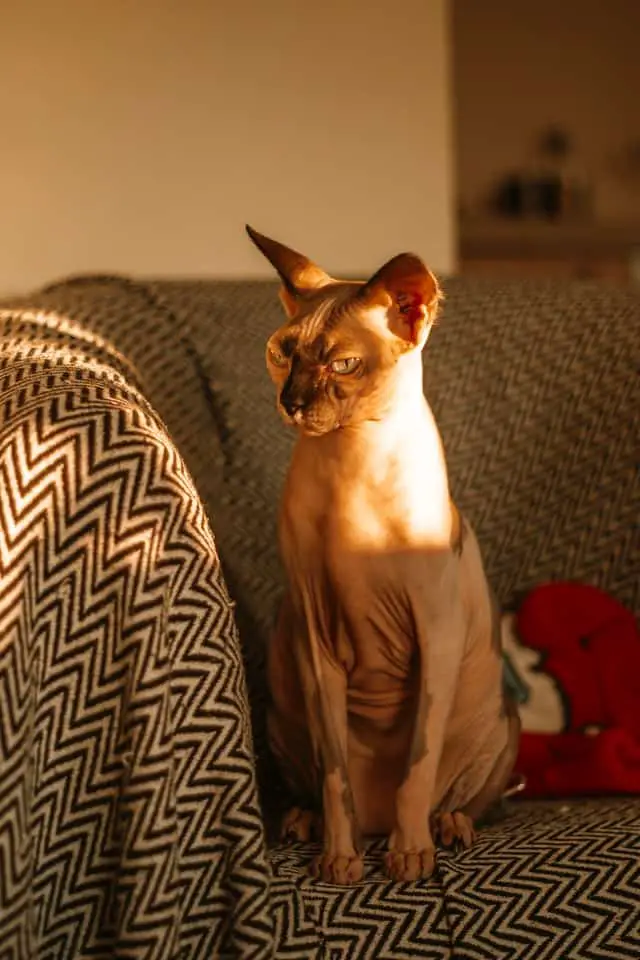
Finally, the last question to be explored in order to identify the perfect feeding of the Dwelf concerns the frequency and quantity of meals intended for the cat.
How often should you feed your four-legged friend?
To keep its energy levels constant, it is possible to divide the cat’s daily ration into small portions, to be fed throughout the day.
Alternatively, we can feed the animal twice a day, preferably in the morning and in the evening.
In this way, we will avoid that the furry dog can wake us up hungry in the middle of the night, because he demands his dose of food.
How to find the perfect amount of food for your cat? The variables involved are numerous: the energy requirement of the animal, in fact, depends on a series of factors such as age, lifestyle and state of health of the animal.
Furthermore, we must not forget that the specimens of this breed have an accelerated metabolism.
Being hairless, in fact, to keep their body temperature constant, they tend to burn a quantity of heat that is higher than other cats.
For this, it would be advisable to contact the veterinarian, who by examining the aforementioned aspects will be able to plan a personalized diet, ideal for providing the cat with all the energy to face the day, without exposing him to the risk of accumulating excess weight.
In principle, the amount of wet to be administered to the four-legged can be calculated by multiplying each kg of the animal’s weight by 40 grams.
Once the final figure is obtained, simply divide it by 3 to identify the dose of dry food.
So, for example, if our cat weighs 5 kg, we will have to give him 200 grams of wet food and 67 grams of kibble daily.

